Print Marketing and Politics: A Look Back As We Move Forward


Nowadays, as each successive election year rolls around, we expect to see a plethora of campaign signs lining the boulevards and residential streets in our community. These simple yard signs are actually a part of a much more complicated (and controversial) narrative:
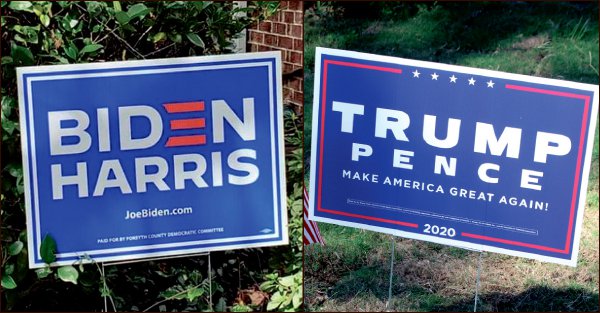
Image via Forsyth County News
For the person whose lawn is graced by a sign promoting their chosen candidate, that single yard sign signifies that they belong to something bigger than themselves. For the passerby, that same rectangular piece of print marketing declares their status as friend or foe. For the candidate, an abundance of signage featuring their name is a tangible barometer of the support they have within the community. In short, political yard signs are a visible symbol of just how divided (or not) our neighborhoods are.
If the current political climate has you overwhelmed and in need of a distraction, journey with us back through the history of print marketing in the political arena.
The American President: Beginnings
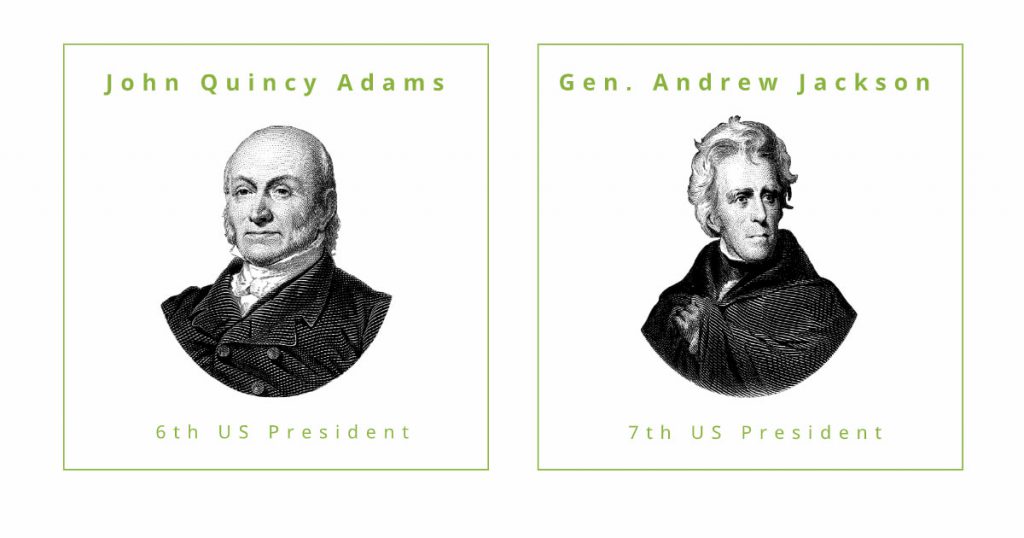
Way back in 1828, President John Quincy Adams (POTUS#6, the son of POTUS#2) was again being challenged by Old Hickory, Gen. Andrew Jackson, after a very messy end to the election of 1824. Previously members of the same party (the Democratic-Republicans), the views of the two men had diverged, resulting in a need for the two candidates to separate themselves from one another.
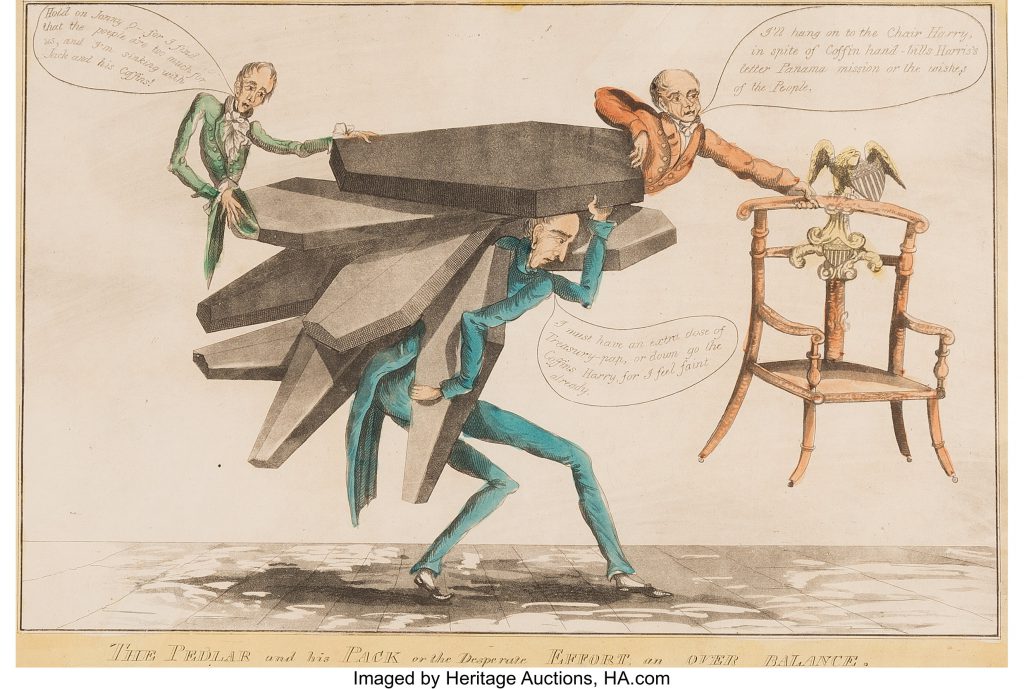
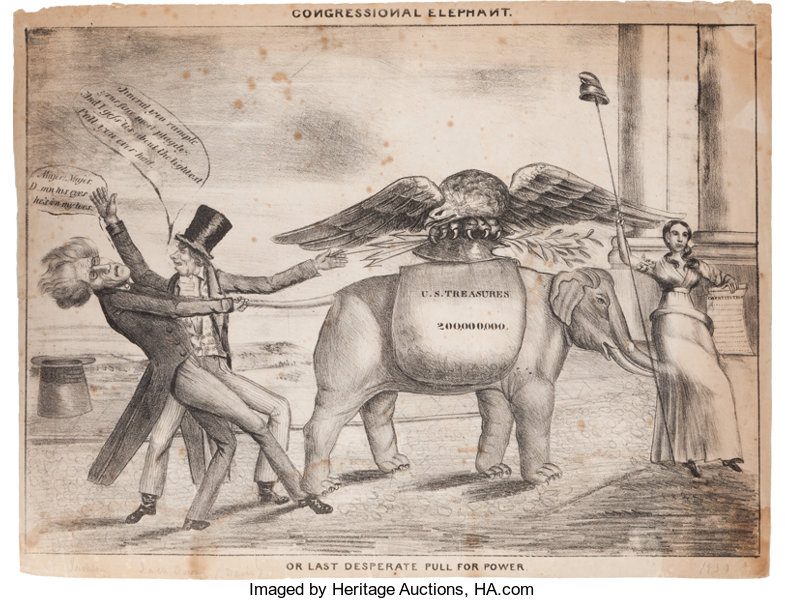
Images via Heritage Auctions Anti-Adams Cartoon, Anti-Jackson Cartoon
This campaign wasn t just about the business of issues it was personal. For the first time, the candidates sought to share their own individual platforms and took the opportunity to aggressively attack their opponent. As a result, the 1828 Presidential Campaign was the first to feature the use of printed materials such as buttons, posters, and other trinkets so extensively.
The two campaigns utilized print marketing in a variety of ways to attack the opposition and set themselves apart. While the election of 1828 cemented political print as a significant part of the election process, America was not the first to utilize print marketing in politics not by a long shot.
Source: John Quincy Adams: Campaigns and Elections by Margaret A. Hogan, UVA Miller Center. Accessed 19 October 2020.
Print Marketing & Politics in the Ancient World
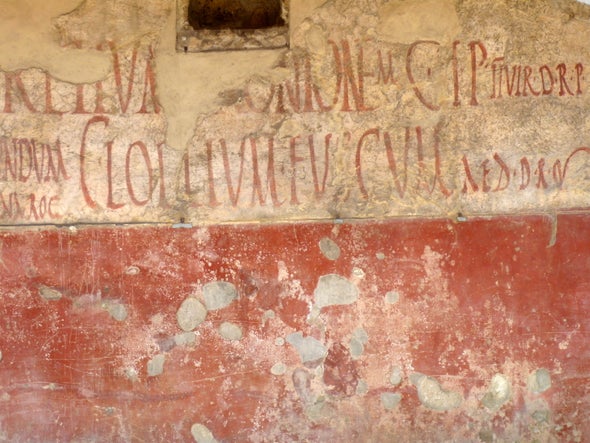
Image via Scientific American
In Ancient Rome, H-frame yard signs printed on corrugated cardboard may not have been developed yet, but that doesn t mean that political advertising was non-existent. On the contrary, anthropologists have found evidence of a variety of campaign marketing methods on the walls of now-ruined homes. According to these scientists, citizens would use the outside wall of their homes to convey a message, from public notices and inventories to event sponsorships and missing animals. Some of these notices were requests for the reader to vote for a candidate, along with his qualifications. Examples include:
I beg you vote for C. Julius Polybius for aedile. He makes good bread.
Primus and his household support Cn. Helvius Sabinus for aedile.
The use of graffiti as a form of public notice was widely used across the Roman Empire even to warn people against the use of graffiti to support a candidate!
Source: Post No Bills: The Ancient Romans Had a Version of Lawn Signs, Too by Krystal D Costa, Scientific American, posted 8 November 2016. Accessed 19 October 2020
21st Century Campaigning
Today s yard signs do serve a purpose, but it s not the one you d expect. In recent history, the signature campaign image (usually an easy to digest design crafted from the candidates names) on a yard sign has come to represent the full gamut of that individual s platform, opinions, and political attacks on their opponent. The campaign s entire print marketing arsenal is embodied by that one simple yard sign or banner. That, my fellow Americans, is branding at its finest!
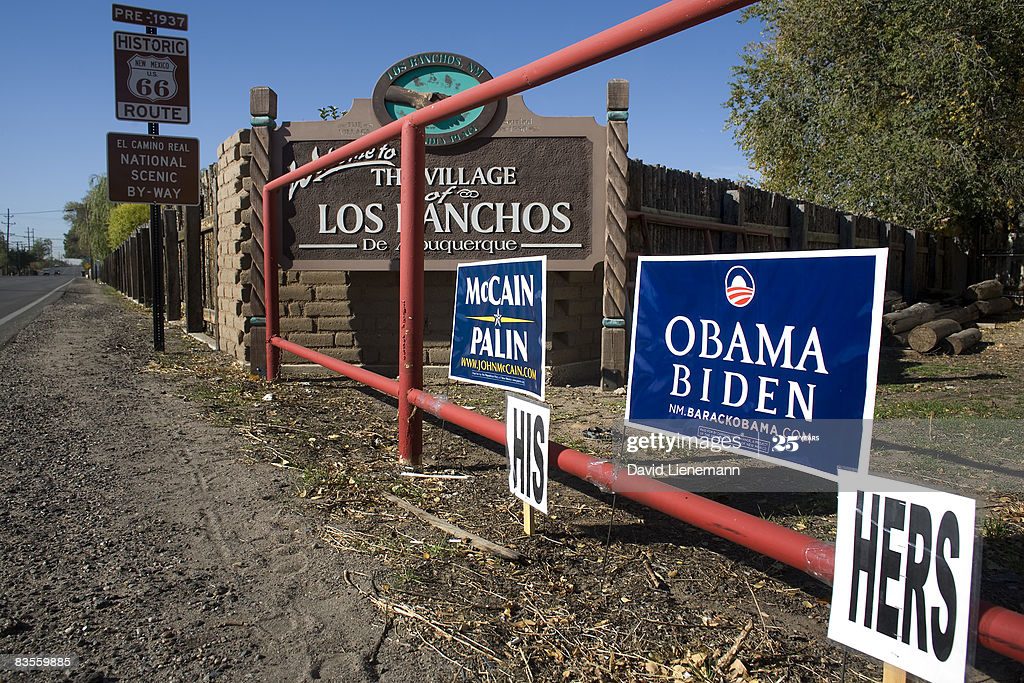
Image via Getty Images
Looking back to our initial narrative on the division that political yard signs so often symbolize today, we should not be at all surprised to realize that the introduction of printed political paraphernalia also coincided with the onset of personalized political attacks. If such signage represents the drawing of battle lines, it s only logical to assume the battle itself would follow.
The current state of our very polarized nation makes it even more difficult for modern candidates to avoid the use of yard signs in their campaigns, even those running on a platform of uniting their constituents. If your opponent deploys lawn after lawn of Vote for Me yard signs, you can either respond in kind or do nothing and hope that no one notices your absence. Politics, however, IS perception, as [fictitious] GDC Director Leo Solomon cautions lobbyist Sydney Ellen Wade in the Rob Reiner classic, The American President.
It is that same sentiment that influences our modern political system - including print marketing materials. You may not win over new voters with a fancy yard sign, but if you fail to respond to a grassroots (pun intended) signage campaign by your opponent, you ll miss an opportunity to energize your base with a sea of [corrugated cardboard] support. At the same time, it s still important that you create informative and effective digital and print campaign materials to back up your on-the-ground marketing tools (and to arm your on-the-ground campaign volunteers!).
**********************************************************************
Vote for MyCreativeShop!
If you re ready to start designing your own political yard signs and other campaign materials, we ve got an extensive slate of customizable templates to meet the needs of every candidate. Start designing today!